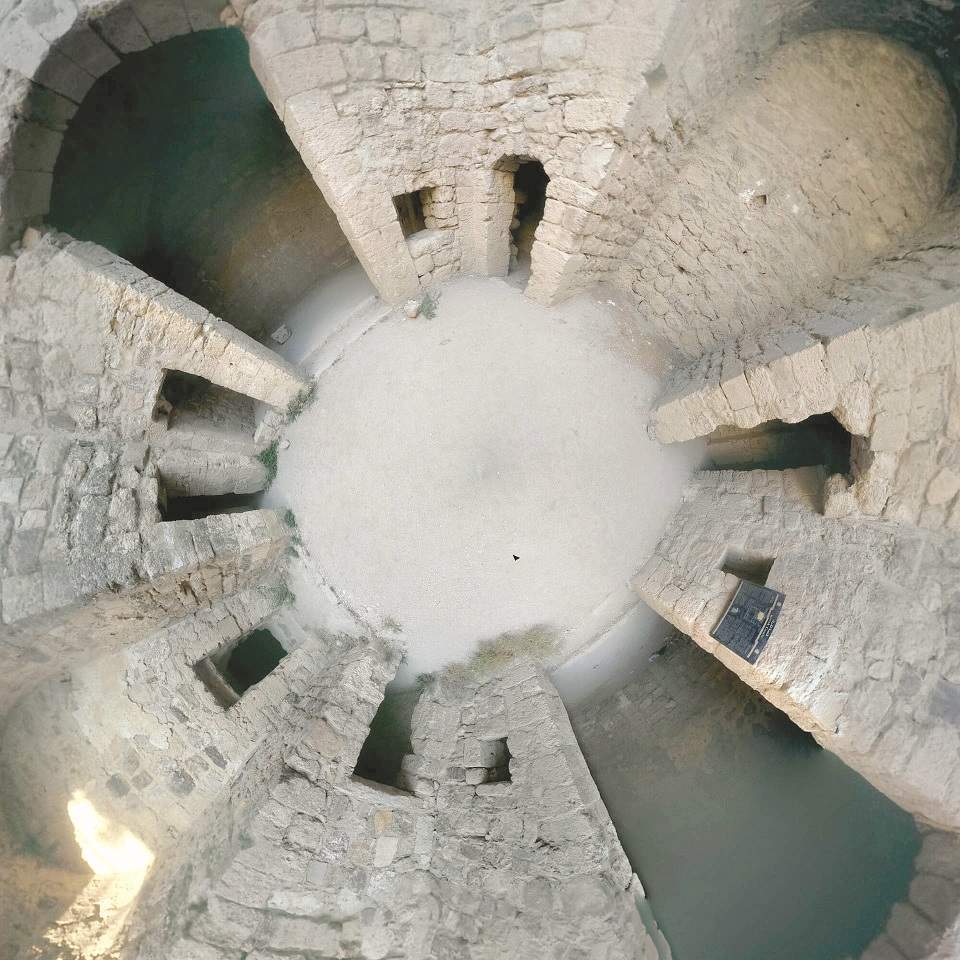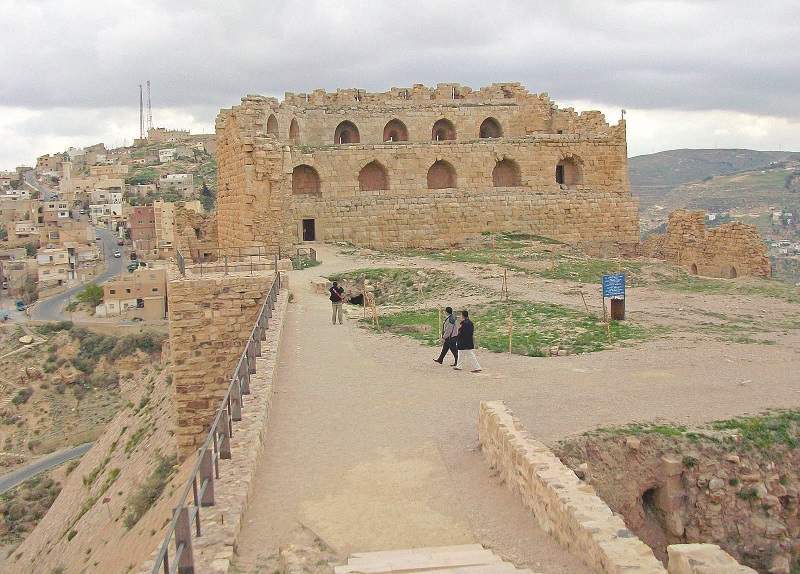AMMAN
— Karak Castle, 140km south of Amman, is not only a Jordanian landmark but
also one of the largest strongholds of the medieval ages in the Middle East.
اضافة اعلان
The castle,
perched on the highest hill within the walls of the old town of
Karak, was
built by the crusaders in mid 12th century to protect the frontiers
of the Kingdom of Jerusalem.
However, its
history dates back much further than the medieval ages as it was mentioned in
the Bible and other sources that date back to the early Bronze Age.
Karak is
the biblical “Kir of Moab” that was targeted by the Neo-Assyrian Empire and one
of the cities of “Moab”, an Iron Age kingdom.
It was also
mentioned in Mesha Stele (or the Moabite Stone), a stone that carries an
inscription written by the Moabite king, Mesha, and one of the most important
discoveries of the 19th century.
 (Photo: Pixabay)
(Photo: Pixabay)
During the
Greco-Roman period, Karak was part of the Nabataean Kingdom and was conquered
by the Romans in 105 AD.
Karak is
also home to several Christian churches built during the Byzantine era.
As one of
the 12 Jordanian governorates, Karak is the largest city in the south of Jordan
with a population of 316,000 and an area of 3,217sq.km.
Karak
Castle, as we see it today, is a crusader castle that was built in 1142 AD
during the reign of King Baldwin II of Jerusalem. It dons some additions from
other Muslim dynasties that later came to rise.
It is not
to be confused with Karak des Chevaliers, another crusader castle in Syria.
The main
purpose of the castle for the crusaders was to control trade routes in the
eastern desert of Jordan that connected Egypt to Syria.
Elevated
900m above sea level, the castle overlooks the Dead Sea, the lowest point on
earth.
This citadel
has been always an important target for the Muslim armies, but the breaking
point came when Raynald de Châtillon was as appointed as the lord of
Transjordan and attempted an attack on Mecca.
In the
battle of Hattin in 1187 AD, Saladin defeated the crusaders and killed de
Châtillon with his own dagger.
A year
later, Karak Castle was besieged and finally fell into the hands to Saladin.
Under the
Mamluk dynasty in the 13th century, the castle served as the
administrative center for a large part of Jordan, and later became a garrison
that hosted a governor and around 1,500 soldiers in the Ottoman era.
 (Photo: Wikimedia)
(Photo: Wikimedia)
Nowadays, Karak
Castle is stop for tourists traveling the ancient Kingsway between Madaba and
Petra.
A visit to
the castle requires a torchlight — even on a sunny day — vaults and deep
tunnels make up most of the structure.
This spur
castle is naturally protected by steep hill from three sides, while the
northern wall is hedged by a dry moat that was the main barrier that prevented Saladin’s
siege engines from breaking through.
Entering
the castle via the Ottoman Gate, visitors can enjoy a grand view of the Dead
Sea and Wadi Al-Karak on the right, and then continue into its other structures
such as the stable, barracks, church, mosque, towers, and reception halls.
Passing
under the inner doors of the castle requires caution as they were designed to
be short to ensure an easy defense against invaders.
The
structure consists of many reused stones that belong to different eras. One
example is a stone that carries a relief of a soldier, which is believed to be
of a Nabataean knight.
The castle
also has a large kitchen where visitors can see round stone mills used for
crushing olives to extract lighting oil. Next to the kitchen is a huge oven
that once produced bread for a whole army.
In 2016, a
terrorist group took refuge inside Karak Castle and targeted civilians using its
arrow slits and towers. The attack killed 10 people, including police officers,
Jordanian civilians, and a Canadian tourist.
To this
day, the castle symbolizes Jordan’s rich history and pivotal clashes it has
witnessed over the centuries.
Read more about
Travel



